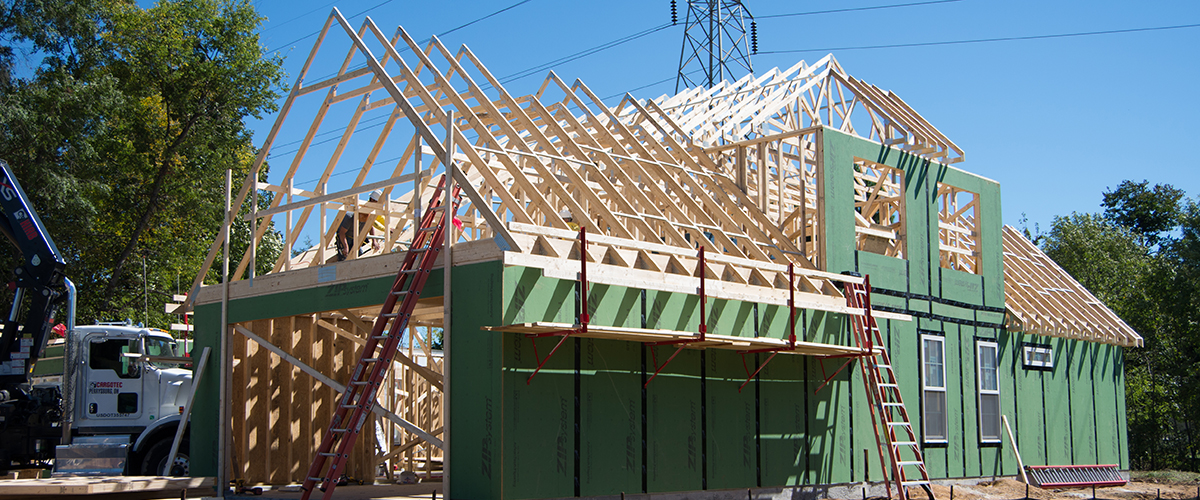Home Builders Worry Transformer Shortage Will Get Worse
Originally Published by: NAHB — February 21, 2023
SBCA appreciates your input; please email us if you have any comments or corrections to this article.
NAHB and six other organizations have sent a joint letter to Energy Sec. Jennifer Granholm to sound the alarm that the Department of Energy’s (DOE) recent rulemaking proposal to increase the energy conservation standards for the production of electrical transformers will severely exacerbate the current supply shortage.
Noting that it currently takes more than 16 months to produce and deploy new transformers, the groups warned that the “inability to quickly manufacture and deliver these critical components threatens the ability of the electric sector to service current and planned housing markets.”

The proposed rule would dictate that manufacturers increase the efficiency of distribution transformers by a mere tenth of a percentage point — but the organizations pointed out that increasing efficiency by even this nominal amount “could add months to an already lengthy order cycle.”
Granholm was warned that the proposed rule would “require manufacturers to transition to a different type of steel, which is largely untested, less flexible and more expensive. Further, the existing supply chain of this alternative steel is very limited and mostly foreign-sourced.” (The National Rural Electric Cooperative Association and American Public Power Association, two of the groups that signed onto the joint letter, separately warned DOE that only one domestic steel producer exists that could make transformers under this proposal.)
“This rule would impose unnecessary cost burdens and further delay the delivery of such critical products,” the letter stated. Simply put, this DOE proposal does nothing to address, and is likely to exacerbate, the current distribution transformer crisis.”
Given the unprecedented demand for distribution transformers, NAHB and the other building and electrical groups called on DOE to maintain the current efficiency levels required of these products.
“Getting these already highly efficient products into the market more quickly should be the highest priority and will result in the realization of electrification benefits much sooner — benefits that will far outweigh any gains achieved through a fractional percentage increase in efficiency,” the letter stated.
Separately, in a positive development, the Internal Revenue Service recently affirmed that electric grid modernization and components (including transformers) are now eligible under the 48C tax credit, which provides $10 billion in credits for qualifying advanced energy projects.
Other groups signing the letter — in addition to NAHB, the National Rural Electric Cooperative Association and American Public Power Association — included Edison Electric Institute, GridWise Alliance, the Leading Builders of America and the National Electric Manufacturers Association.
